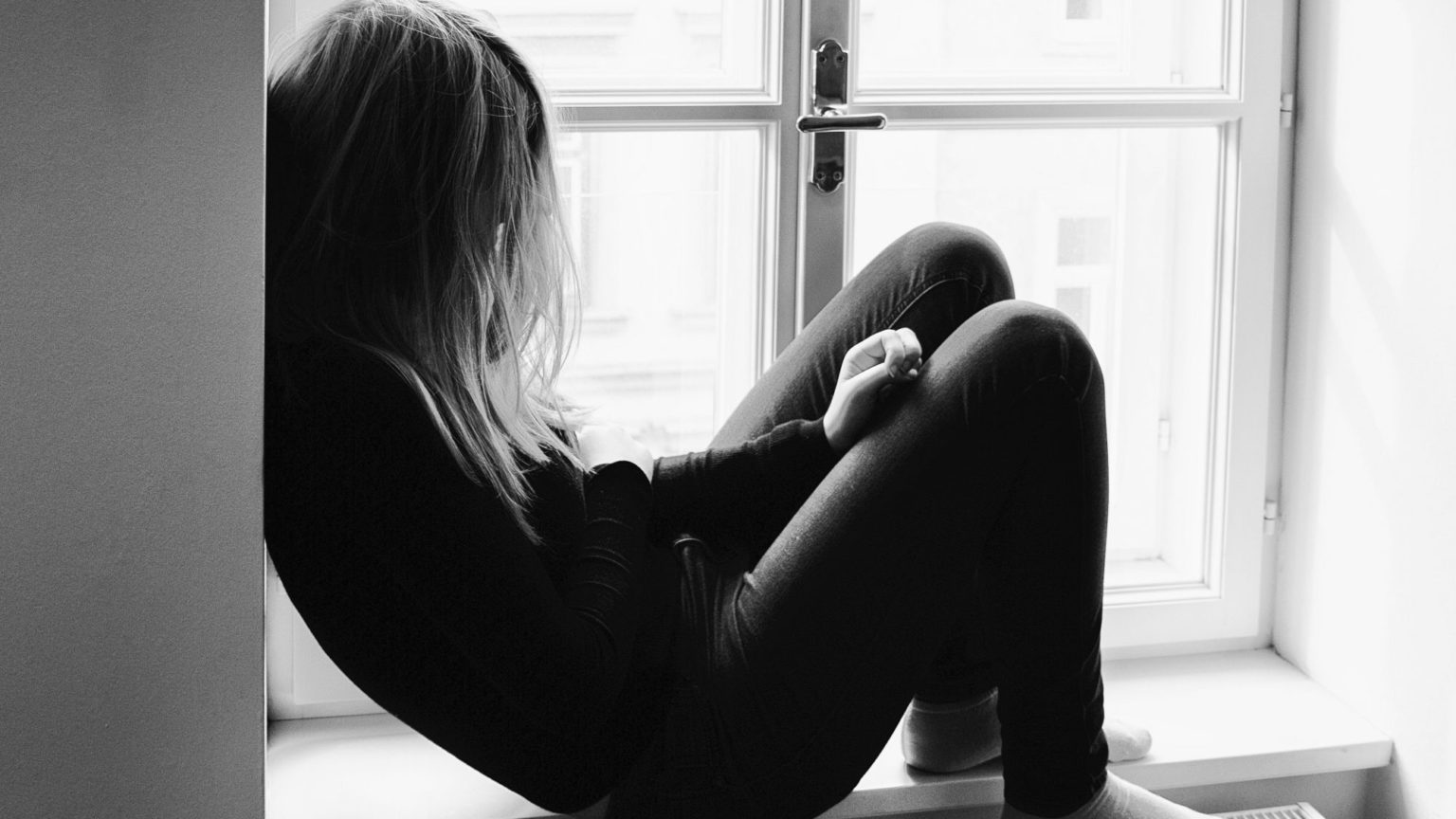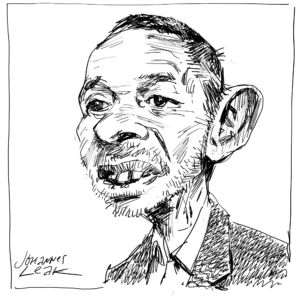Competitive self-harm
Why teens are trying to outdo each other in the self-cutting stakes.

It is difficult not to feel distressed and saddened by the death of Molly Russell. She is the 14-year-old British schoolgirl whose suicide has been widely reported in the media. News sources were quick to suggest that her death was directly or indirectly linked with horrible images of self-harm and suicide that she had been viewing on social media.
No doubt these graphic and suggestive images act as a kind of cultural stimulant for those disposed towards injuring themselves. But the current focus on the complicity of Instagram, Pinterest and others in stimulating the proliferation of self-harm gives us a very limited view of the problem.
There are a variety of different reasons why children self-harm. Some professionals regard self-harm as a form of communication, or as a way of managing disturbing emotions. Others have characterised it as a ‘cry for help’ or maybe a way to seek attention. The psychiatrist Armando Favazza says self-harm is a ‘morbid form of self-help’.
As has been the case for a long time, acts of self-harm are committed in a specific context, in response to a very particular predicament. But there is also something new going on. Self-harm has come to be culturally normalised. And this is why it appears to be on the increase.
There is an unfortunate tendency to view self-harm as a public-health issue and to over-medicalise it. This approach overlooks the important cultural drivers that incite young people to embrace self-harming behaviour. There is considerable evidence that young people do not accidently or passively come across graphic images of self-harm on social media. Sadly, some actively seek out social-media arenas where harming is discussed, promoted and implicitly celebrated. A recent Cardiff University report found that most people were already self-harming before they visited online venues to try to ‘make sense of their behaviours’.
Probably the most important cultural driver of self-harm is contemporary society’s failure to provide young people with the necessary guidance to resolve their normal crises of identity. This crisis often reflects itself in the young with questions like ‘What is my place in the world?’. In the absence of any clear answers to this question, some fall into the trap of embracing what the psychologist Erik Erikson calls a ‘negative identity’. So self-harm can be interpreted as a feature of people’s quest for identity.
In some instances, the quest for identity can become obsessive and even lead to competitive self-harming. I was confronted with this reality last summer when I gave a lecture to a lively audience of student counsellors in Galway, Ireland. After my talk, a counsellor from Dublin asked me if I had any solutions to the problem of students cutting themselves and then flaunting their scars and competing with one another. Other counsellors expressed similar concerns.
In recent months, I have talked to several teachers who report that in their schools there are episodes of young girls encouraging one another to self-harm. The phrase they used to describe the speed with which self-harming spread from one girl to another was contagion. For some self-harmers, their injury is a visible badge of identity. One London-based mother told me her daughter asked her if it was okay if she pretended to injure herself in order to win the respect of her peers. That the identity of self-harmer is now so influential among the young is what should really be disturbing adult society.
There is considerable evidence that competitive self-harming is not confined to the margins of society. The Cardiff University study says children as young as 12 are showing off their scars. Children told the report’s authors that they aspire to become ‘better self-harmers’. These young people actively share their self-destructive experiences and encourage their friends to go down the same path. Through validating and normalising this behaviour, social media contributes to the cycle of self-destruction afflicting many young people.
It doesn’t surprise me that the quest for identity has taken such a self-destructive turn. The act of self-harming resonates with Western society’s idealisation of the victim identity. As children grow up today, they are continually told they are vulnerable. The image of the ‘vulnerable child’ serves as a symbol of the ultimate victim. The frequently used phrase, ‘the vulnerable’, signifies that vulnerability is not merely a passing condition anymore but rather is part of a new identity. Unwittingly, the normalisation of vulnerability as the defining condition of childhood fosters a climate in which acts of self-harm provide children and young people with an opportunity to fine-tune their identity.
In some cases of self-harm, there is an argument for medical intervention. But the real problem is cultural rather than medical. Those of us who are concerned with the wellbeing of the young need to face up to the destructive consequences of society’s normalisation of vulnerability and its celebration of victimhood.
Frank Furedi’s How Fear Works: the Culture of Fear in the 21st Century is published by Bloomsbury Press.
Picture by: Getty.
To enquire about republishing spiked’s content, a right to reply or to request a correction, please contact the managing editor, Viv Regan.









Comments
Want to join the conversation?
Only spiked supporters and patrons, who donate regularly to us, can comment on our articles.